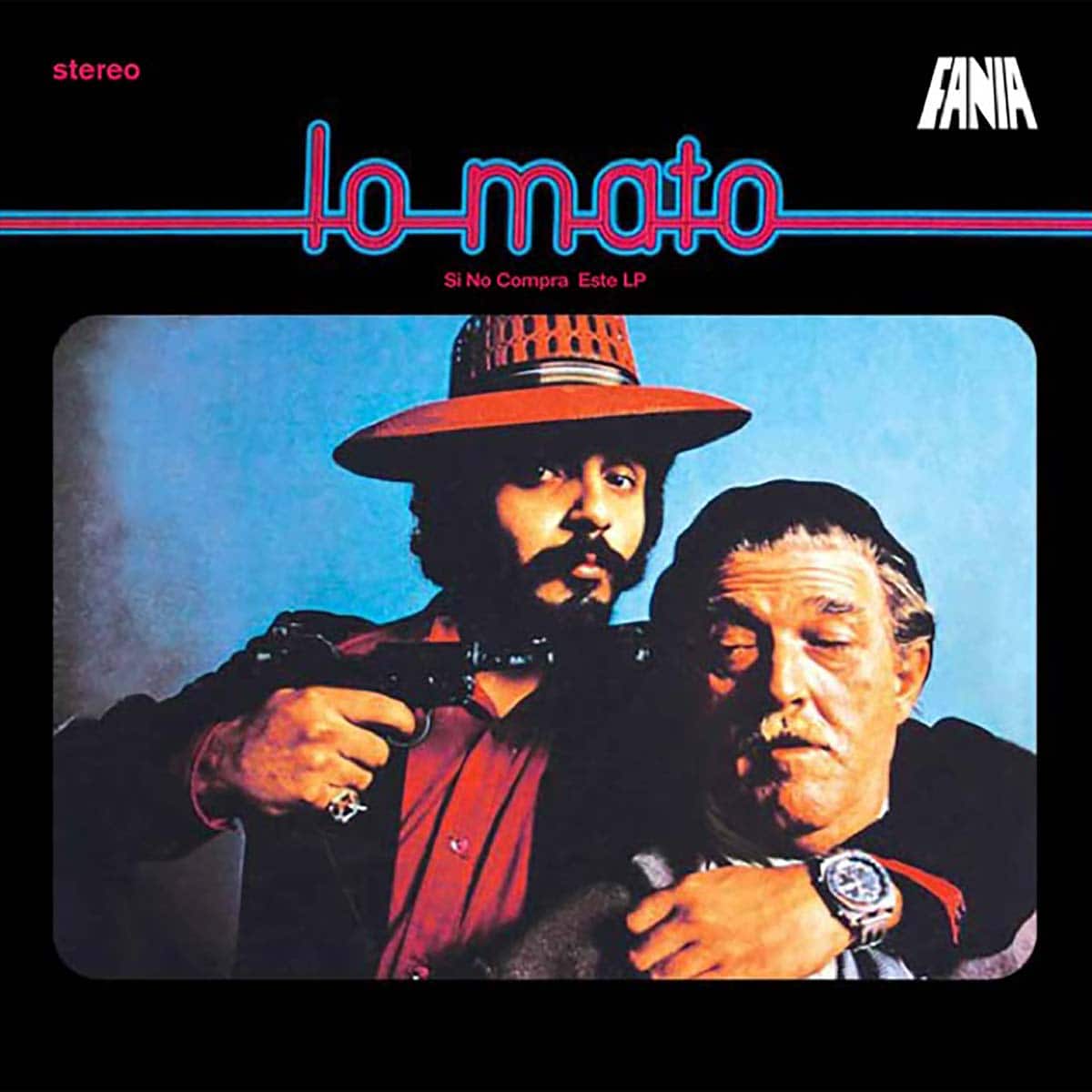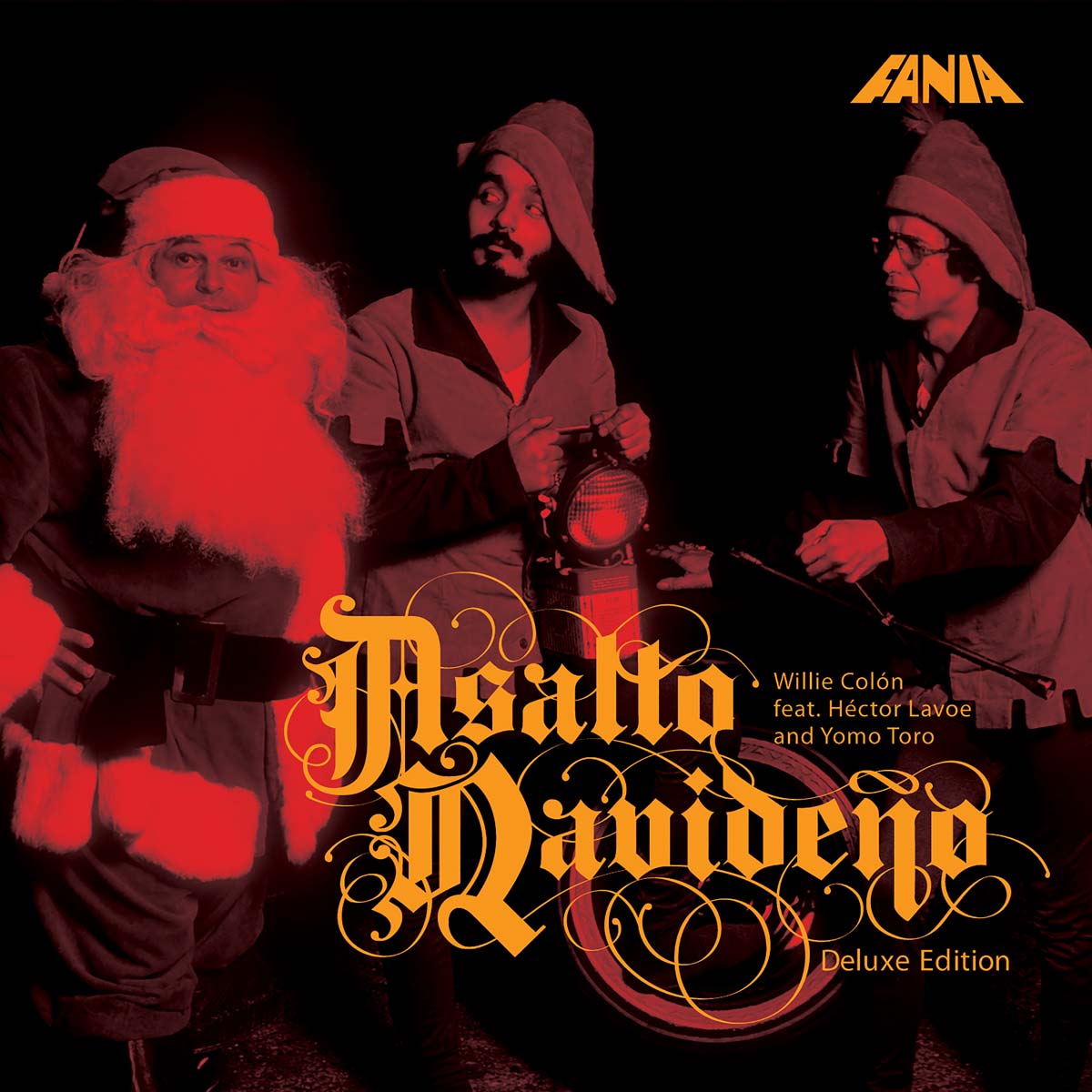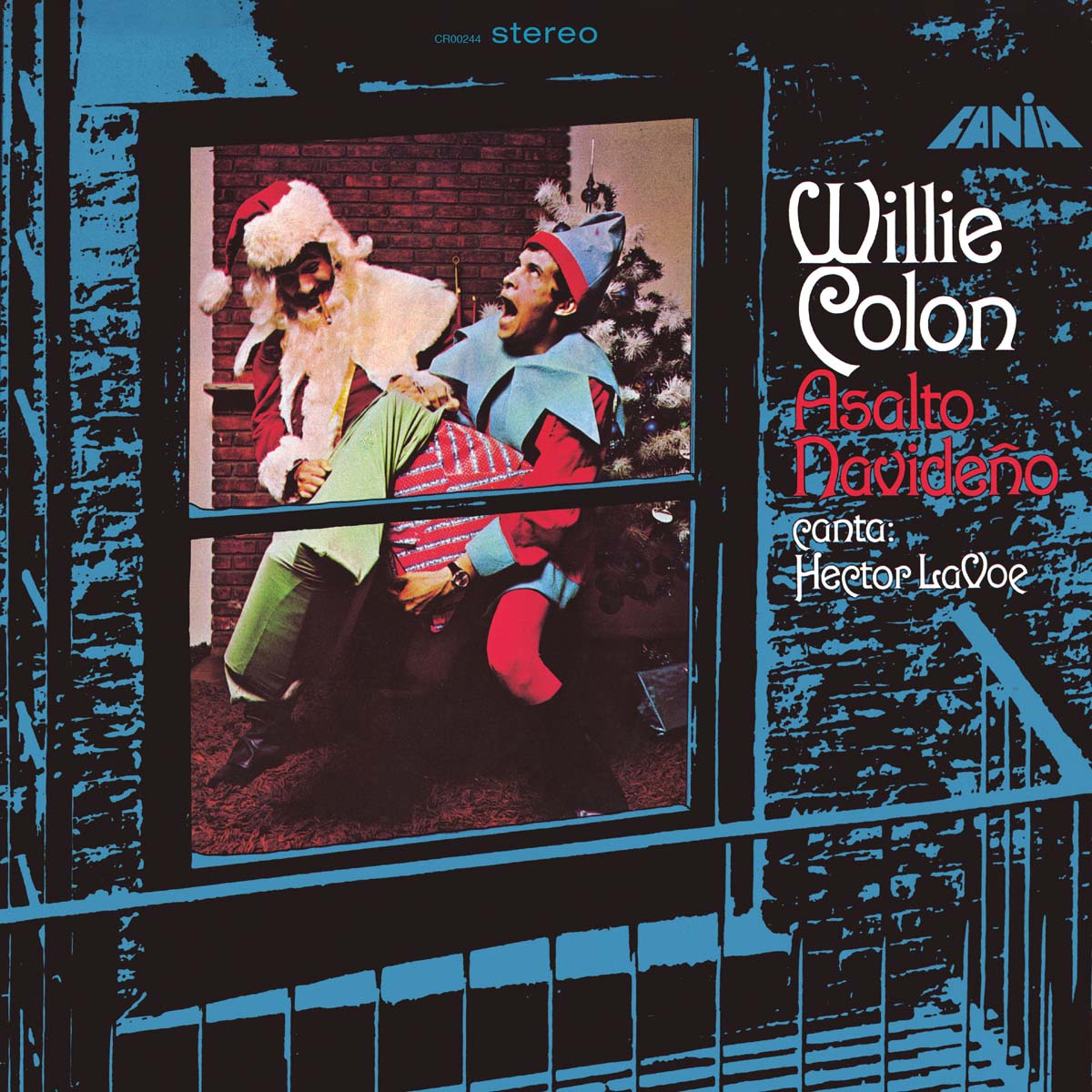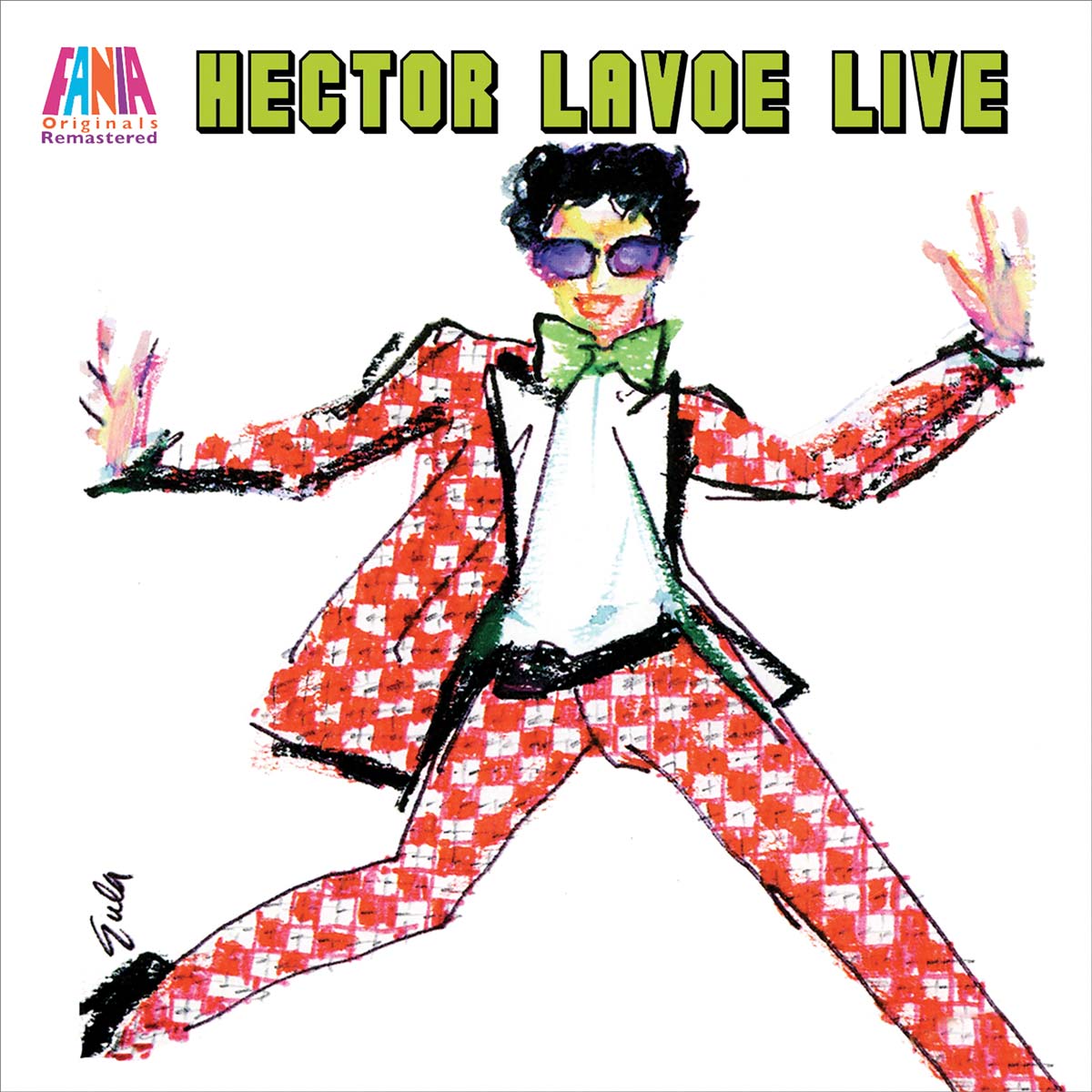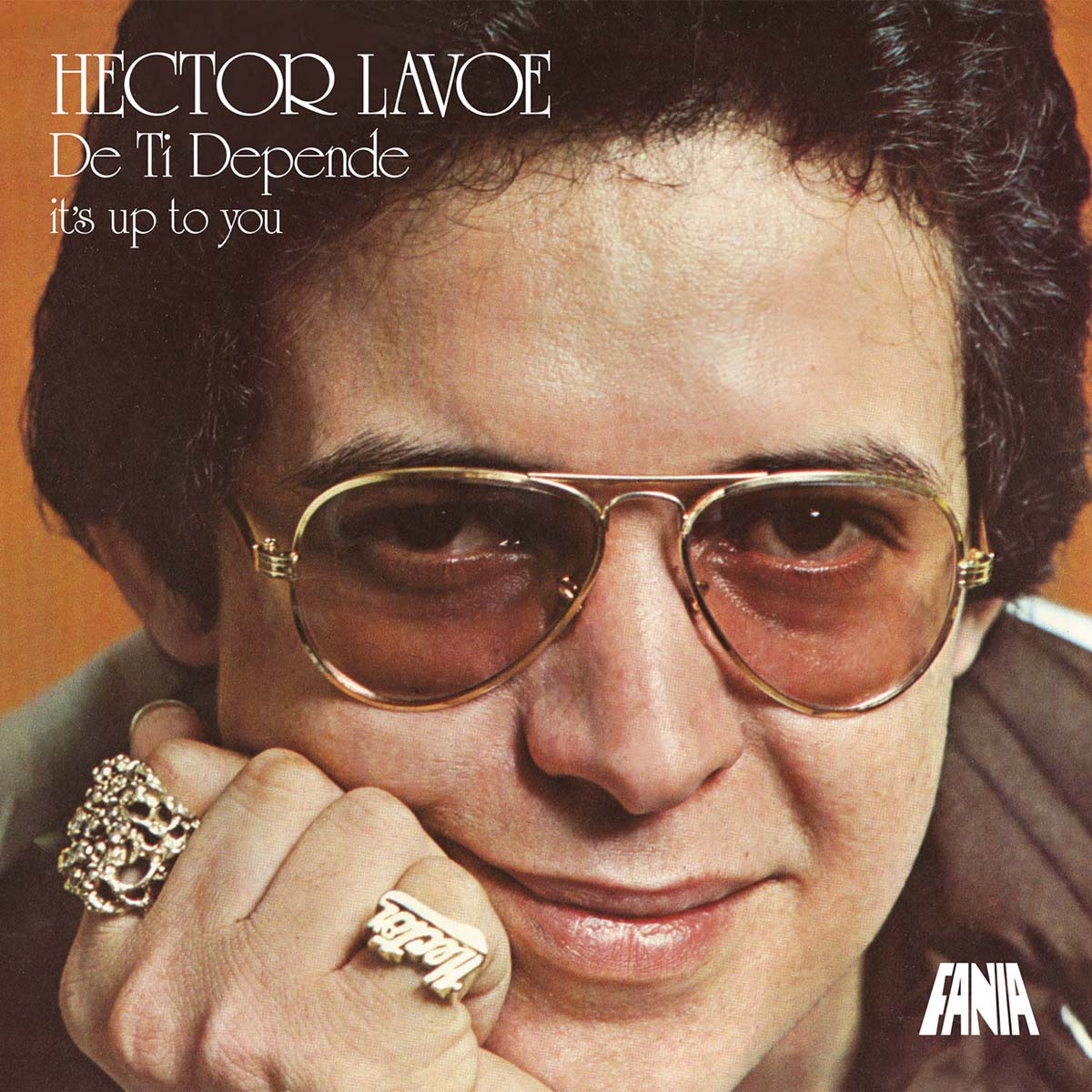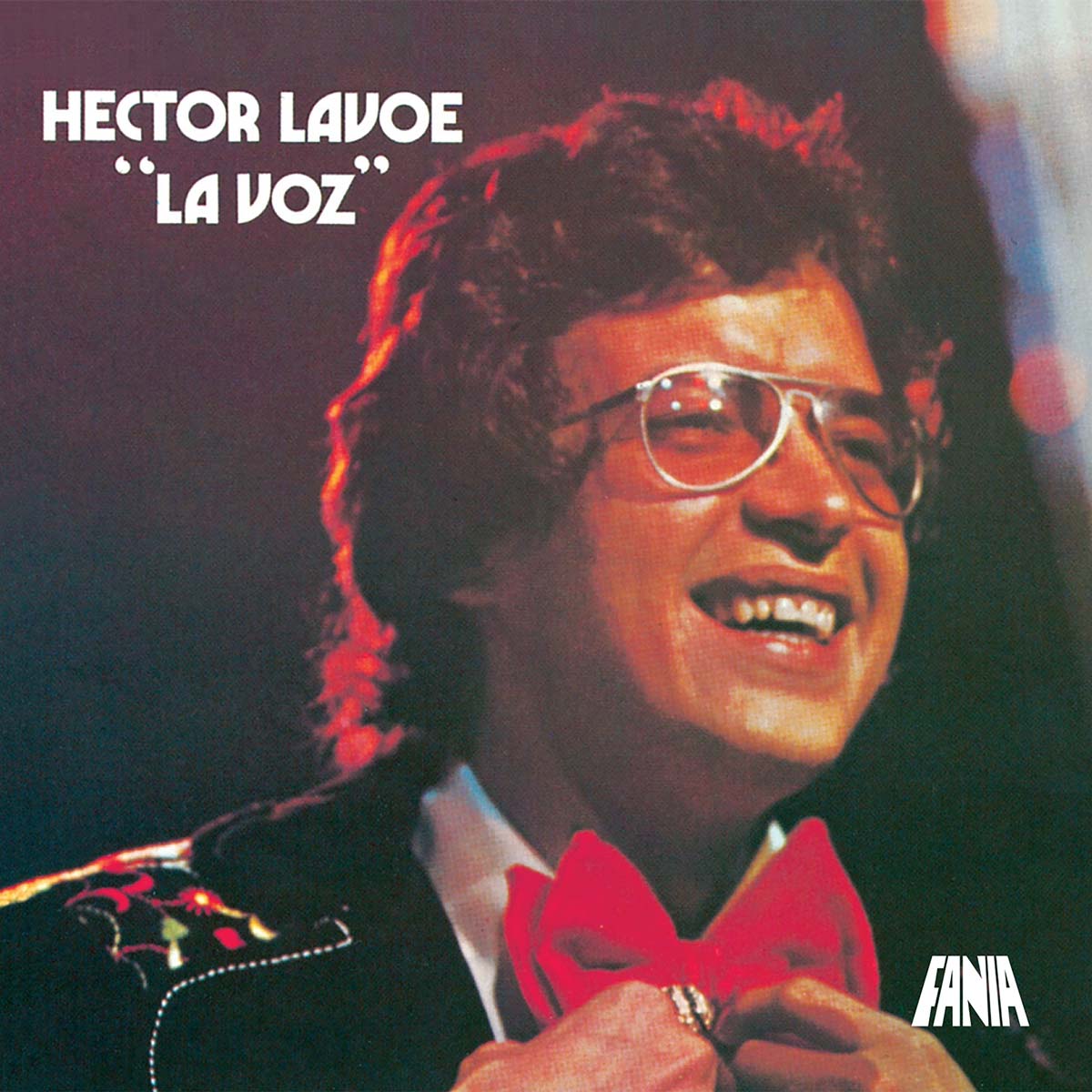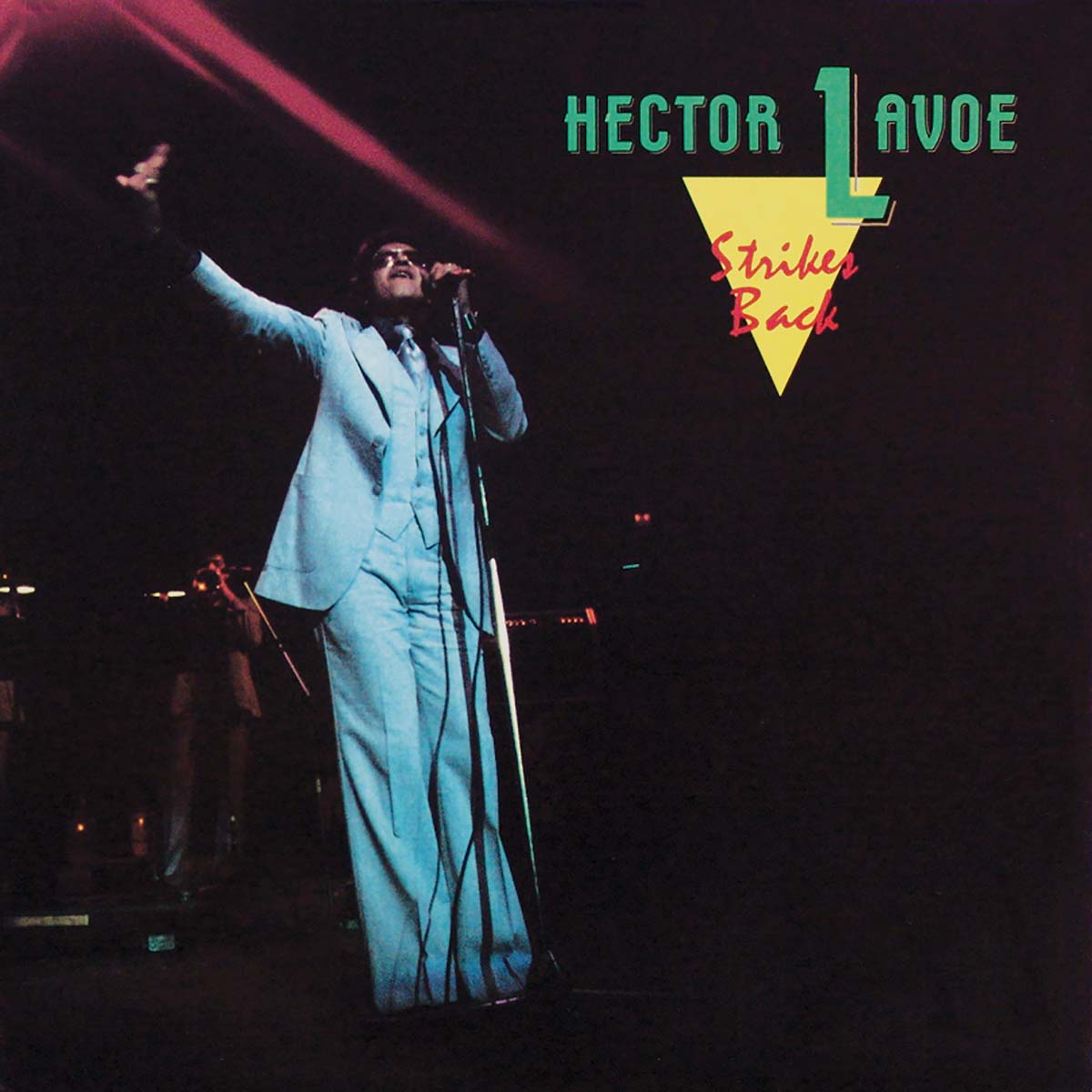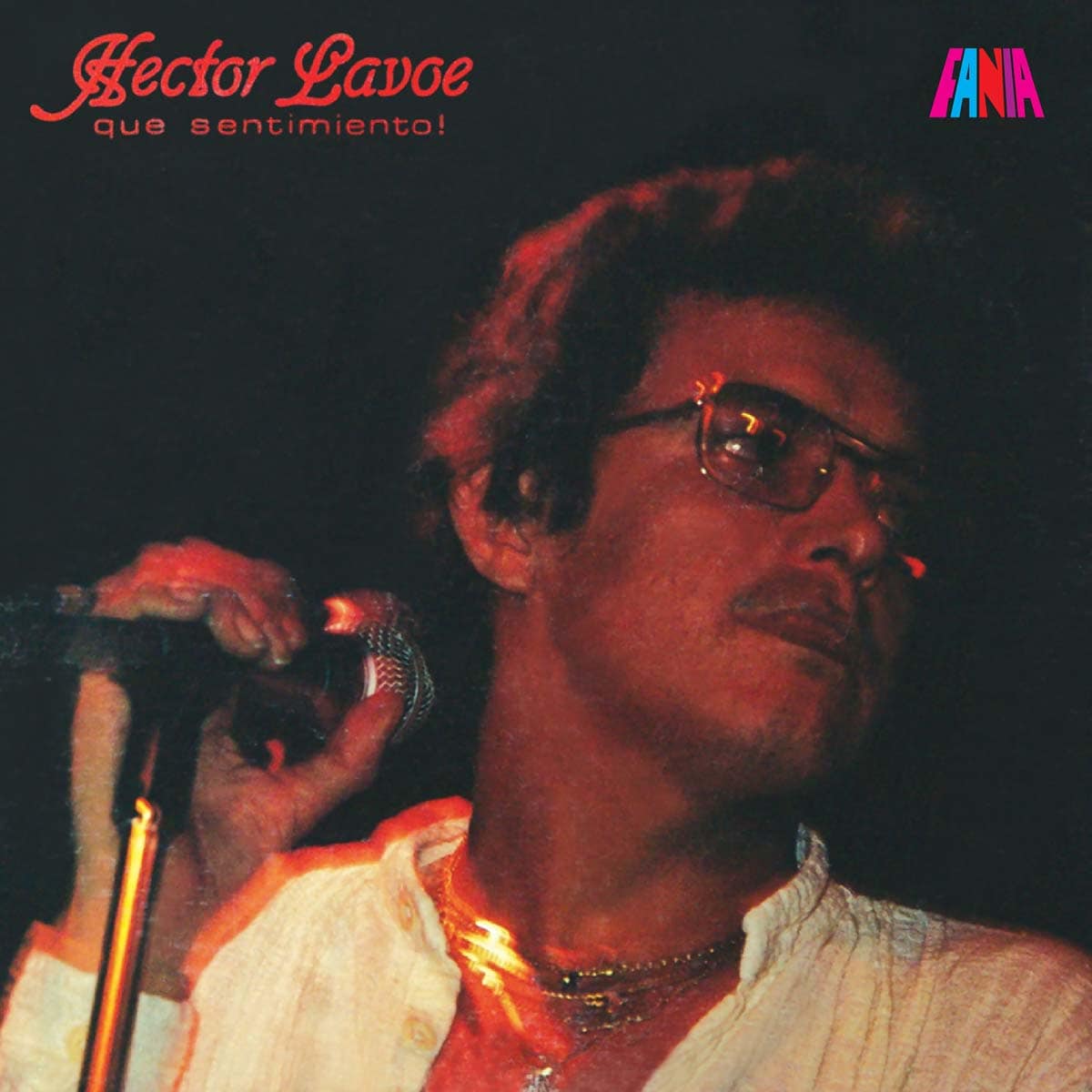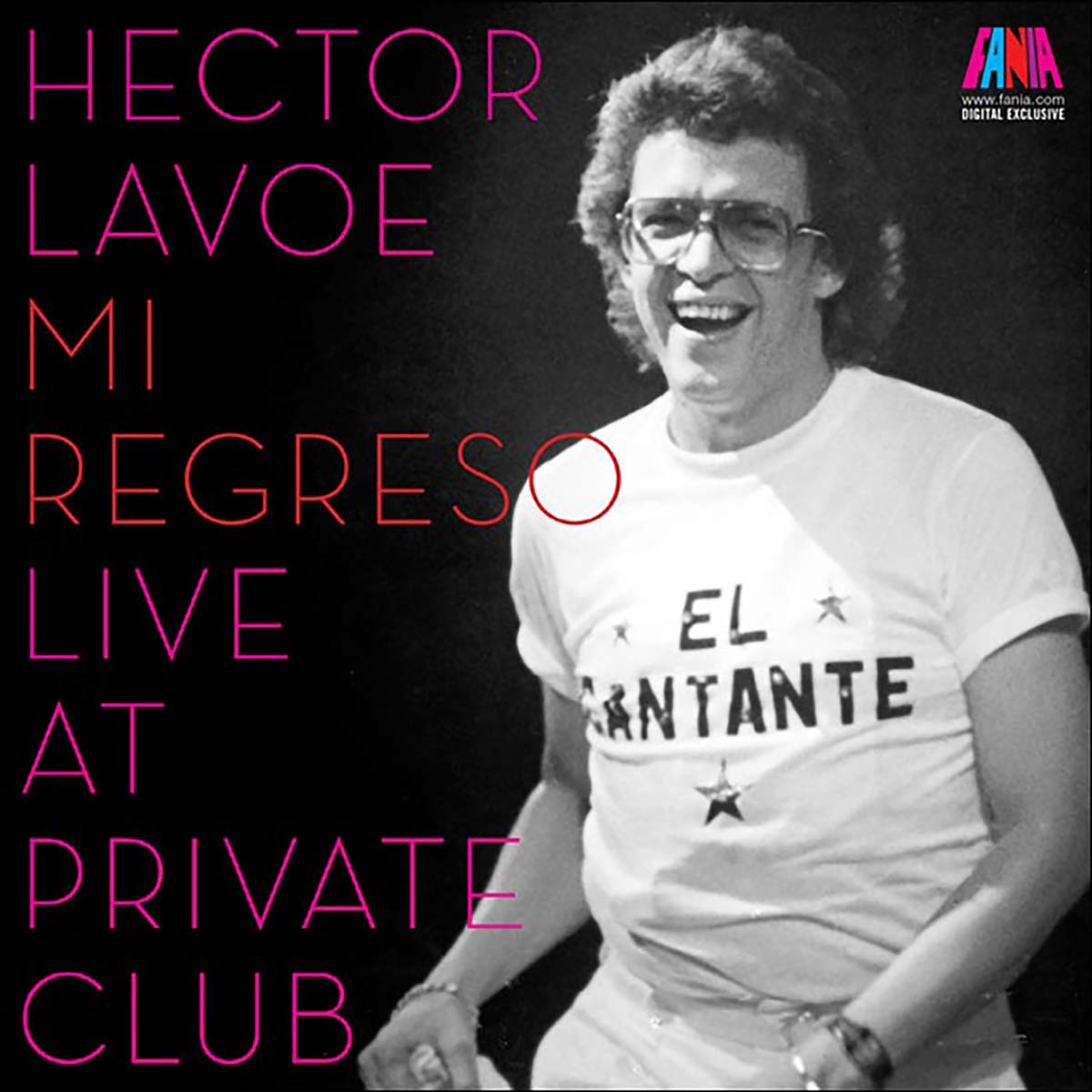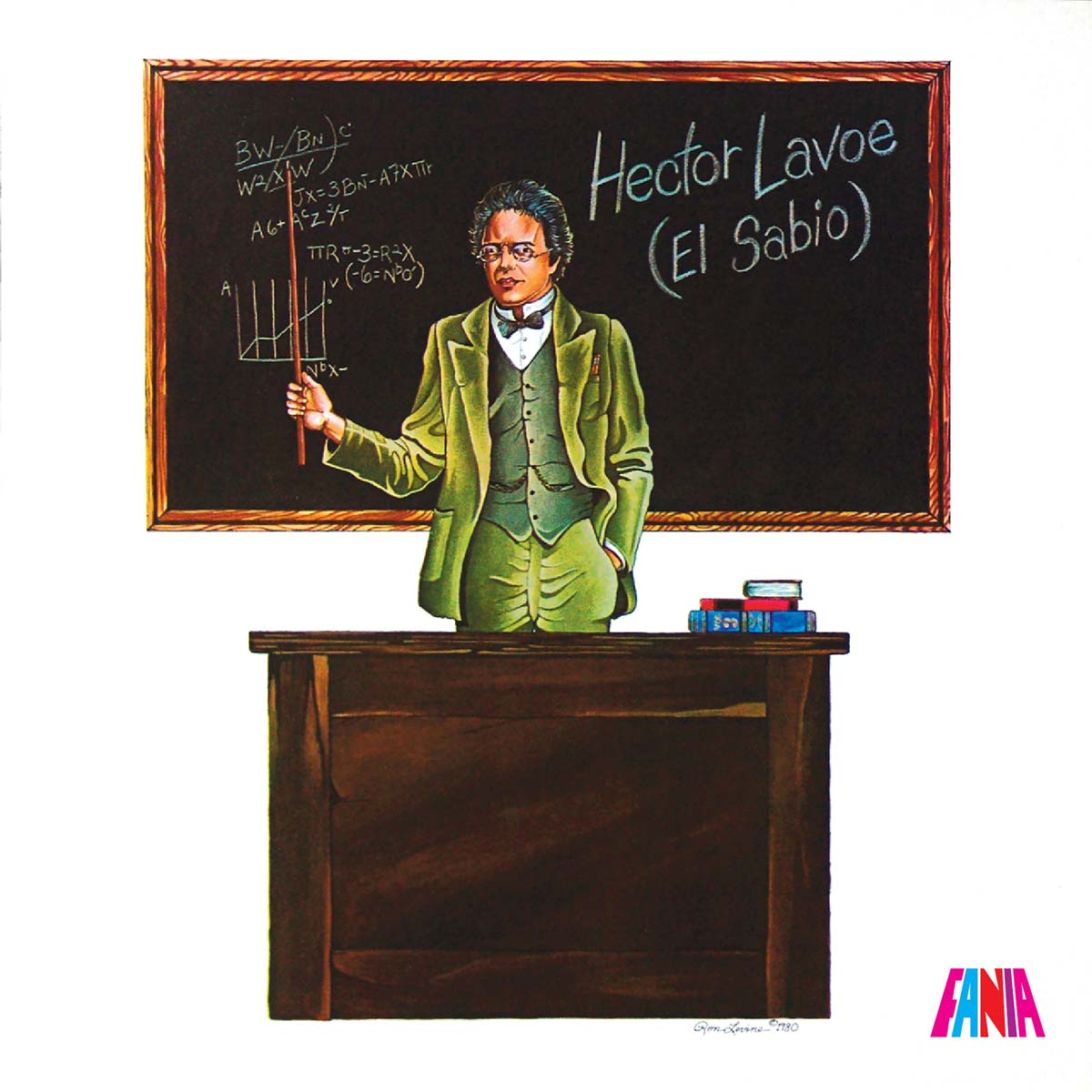
Nineteen eighty was a high-intensity news year. In December, John Lennon was shot. The month before, President Jimmy Carter, who had announced the United States’ boycott of the Olympics in Moscow and who was struggling with the Iranian hostage situation, lost the election to former actor Ronald Reagan. Earlier in the year, Mayor Edward I. Koch crossed the Brooklyn Bridge with thousands of New Yorkers during the 11-day transit strike. Archbishop Oscar Romero was killed by gunmen while celebrating mass in San Salvador, and in Puerto Rico Luis Muñoz Marín, the island’s first elected governor, died.
Back in New York, Comedian Richard Pryor was badly burned while freebasing cocaine and Fania Records releases Héctor Lavoe’s “El Sabio”, his sixth solo recording. By then, Lavoe was already known as “El Cantante,” having made the Ruben Blades tune a top-selling, come-back hit for himself. His band was busy working and traveling, yet Lavoe still was not happy. His emotional instability and drug addictions fueled unpredictable behavior that had fans flocking to his concerts just to see if he would make an appearance.
Following in the musical style of Comedia, El Sabio turns a piece of folk wisdom into a danceable platform, punching up the power through a line of charging brass leading to Lavoe’s defiant verses to “El Sabio”, an impertinent boastful snob. This is a confrontational song full of Lavoe’s bravura—recounting rivalries wrapped in hypocrisies. Sporting the similar tinge of strings as many Fania productions of this time,
“El Sabio “sports Lavoe vocally wrestling with what is paradoxically an arrogant, smart alec version of a paper alter ego. It seems that composer Tito Rodriguez wrote the tune tailored to Lavoe rather than as a jab at a rival.
Luis Marquetti’s bolero “Plazos Traicioneros” falls on Lavoe like rain from the sky. Smooth, melodic and seamless and fused with emotional sentiment, it is a laid back break from the rest of the dance tunes. “Noche de Farra” gets an updated New York beat on this otherwise laid back cha cha cha style popularized by La Sonora Matancera in the 1950s. However, here Lavoe redefines the usual Cuban style of “soneando,” bringing to it a very rustic Puerto Rican attitude, making it more rhythmic, than melodic in style. Evoking phrases from Ismael Rivera, Lavoe’s “chachaguele” slips in between the spaces even changing Farra’s original chorus of: “Vamos echar un pie, que queremos ver, otra vez gozar, el sabroso son” to “Vamos echar un pie que quiero bailar, vamos a echar un pie que quiero gozar.”
“Para Ochun” y “Yemaya” goes back to the African basics evoking the saints of the Ifa’s Regla de Ocha in a call-and-response coro to these two deities. It departs from the traditional, replacing the sonero with the various instruments alternatively taking turns soloing the verses. Lavoe enters more than halfway through the tune giving praises to the santos, chanting phrases of empowerment and conversing with the gods. A trombone and trumpet duet dance through the final mambo before Lavoe comes in with vocal flowers for the spirits while a trumpet colors the rhythmic foundation.
“Alejate” continues Lavoe’s taste for singing songs of rejection and outright condemnation of women. Literally translating to Get away from me, I don’t love you anymore, “Alejate” makes it evident where Lavoe stands. His crystal clear diction is punctuated here by street Spanglish digs, “dame un breake, un chance,” ala Maelo style displaying Lavoe’s “Russian roulette” gamble with the thug life. But from a dancer’s point of view, it’s hard to let go of this one. A tasty piano solo interspersed by violins with a finale that features soaring trumpets makes this number elegant and hard-core all at once.
José Febles’ “Llore” turns the tables on Lavoe, outing his vulnerability. Lavoe is as convincing in his emotion when revealing a hurt and self-effacing man as he is trying to front as a heartless womanizer. Another danceable number driven by a tight percussive engine, catchy coro and Lavoe’s clear tenor.
The instrumental “Ceora” by Lee Morgan seems to have been dropped in as a filler. Even if it wasn’t, it’s sweet samba, jazzy feel leaves one in a sober and reflective mood. No hard-core Lavoe soneos, Pulpo’s vampy guajeos, or percussive thunder here. This one forces you to kick your feet up, lean back and just dream.
Album Credits
Executive Producer – Jerry Masucci
Musical Director – Jose Febles
Producer – Willie Colón
Eddie Montalvo – conga
Edgardo Reyes – timbales
Jose Mangual – bongoes
Luis Mangual – bongoes
Danny Rosado – bass
Eddie Rivera – bass
Prof. Joe Torres – piano
Gilberto “Pulpo” Colon – piano & fender Rhodes
Ray Maldonado – trumpet
Puchi Boulong – trumpet
Harry D’Aguiar – trombone
Reynaldo Jorge – trombone
Papo Vasquez – trombone
Willie Colón – trombone, vocals (bckgr), chorus
Milton Cardona – vocals (bckgr), chorus
Special thanks to:
Sal Cuevas
Tony Jimenez
Luis “Perico” Ortiz
Danny Rosado
Ray Maldonado
Jose Rodriguez
Written by Aurora Flores


